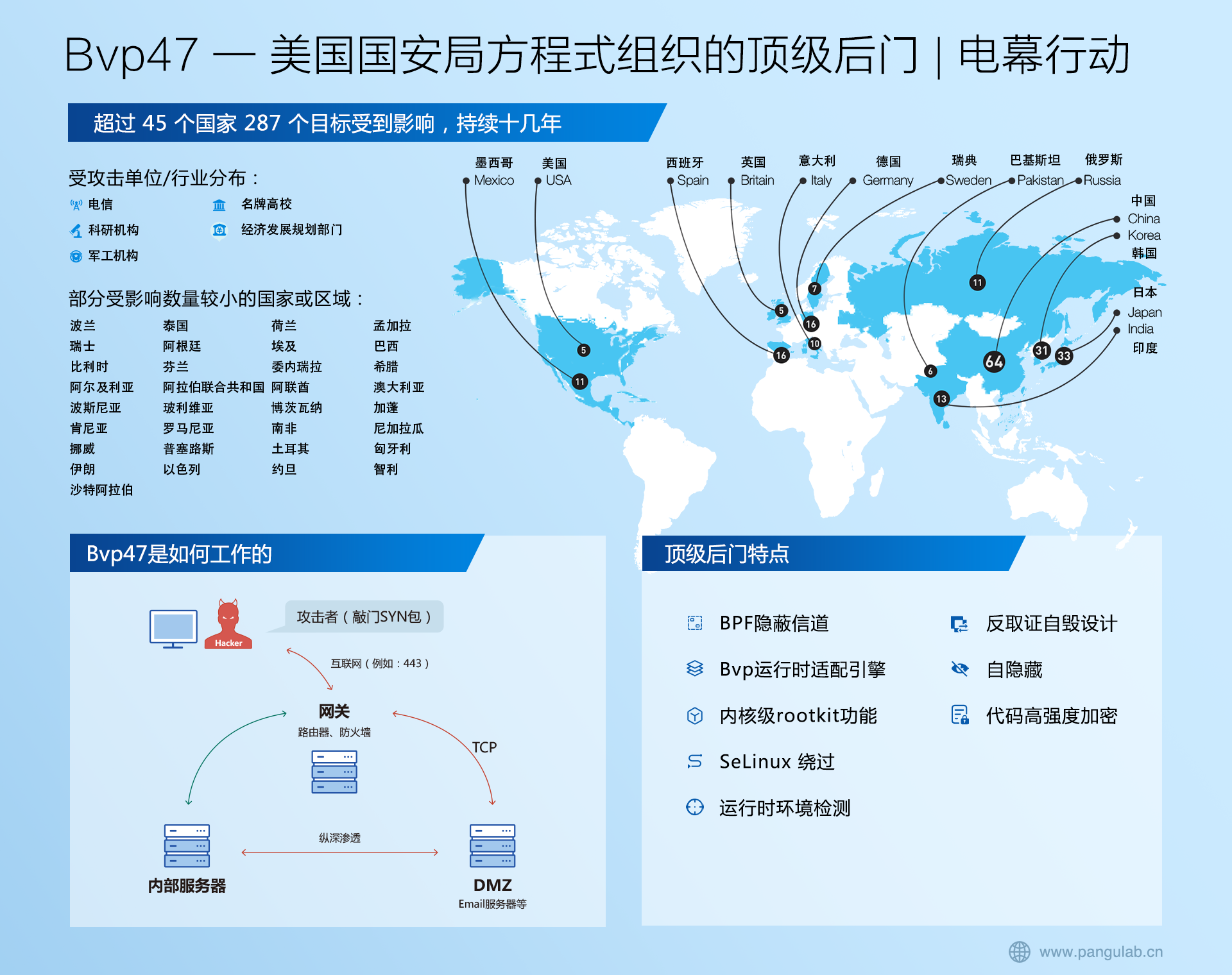b.kernel-kconfig
==============================================================================
中心配置文件
通常一个软件只有一个配置文件,里面保存所有的配置选项,这样是便于集中控制这个软件
的整体.配置文件中的配置选项通常是布尔值或数值,这对于简单的配置应该是足够了,但
是有一个明显的缺陷就是当一个配置选项依赖另一个选项时不能够灵活的控制.
分布式配置文件(kconfig)
linux kernel中的配置文件可以是一个集中式中心配置文件吗?可以,但是管理这个庞大的
工程经验告诉我们在这个工程不断的成级数的增长的时候这样只会让这个工程变得杂乱无
章,由于内核不断的增长并且内核中各个部分的依赖会将这个问题凸显出来.
内核中使用的是什么配置文件呢?是kconfig,和通常使用的简单配置文件不同,kconfig有
比简单的配置文件更复杂的语法,需要使用一个简单的解析器来解析kconfig文件,这是一
门计算机语言吗?放心,只需要认识几个简单的英文单词就可以胜任这项工作了.
usb配置kconfig样例
drivers/usb/Kconfig
1 #
2 # USB device configuration
3 #
4
5 config USB_OHCI_BIG_ENDIAN_DESC
6 bool
7
8 config USB_OHCI_BIG_ENDIAN_MMIO
9 bool
10
11 config USB_OHCI_LITTLE_ENDIAN
12 bool
13 default n if STB03xxx || PPC_MPC52xx
14 default y
15
16 config USB_EHCI_BIG_ENDIAN_MMIO
17 bool
18
19 config USB_EHCI_BIG_ENDIAN_DESC
20 bool
21
22 menuconfig USB_SUPPORT
23 bool "USB support"
24 depends on HAS_IOMEM
25 default y
26 ---help---
27 This option adds core support for Universal Serial Bus (USB).
28 You will also need drivers from the following menu to make use of it.
29
30 if USB_SUPPORT
31
32 config USB_COMMON
33 tristate
34 default y
35 depends on USB || USB_GADGET
36
37 config USB_ARCH_HAS_HCD
38 def_bool y
39
40 # ARM SA1111 chips have a non-PCI based "OHCI-compatible" USB host interface.
41 config USB
42 tristate "Support for Host-side USB"
43 depends on USB_ARCH_HAS_HCD
44 select NLS # for UTF-8 strings
45 ---help---
46 Universal Serial Bus (USB) is a specification for a serial bus
47 subsystem which offers higher speeds and more features than the
48 traditional PC serial port. The bus supplies power to peripherals
49 and allows for hot swapping. Up to 127 USB peripherals can be
50 connected to a single USB host in a tree structure.
51
52 The USB host is the root of the tree, the peripherals are the
53 leaves and the inner nodes are special USB devices called hubs.
54 Most PCs now have USB host ports, used to connect peripherals
55 such as scanners, keyboards, mice, modems, cameras, disks,
56 flash memory, network links, and printers to the PC.
57
58 Say Y here if your computer has a host-side USB port and you want
59 to use USB devices. You then need to say Y to at least one of the
60 Host Controller Driver (HCD) options below. Choose a USB 1.1
61 controller, such as "UHCI HCD support" or "OHCI HCD support",
62 and "EHCI HCD (USB 2.0) support" except for older systems that
63 do not have USB 2.0 support. It doesn't normally hurt to select
64 them all if you are not certain.
65
66 If your system has a device-side USB port, used in the peripheral
67 side of the USB protocol, see the "USB Gadget" framework instead.
68
69 After choosing your HCD, then select drivers for the USB peripherals
70 you'll be using. You may want to check out the information provided
71 in
72
73
74 To compile this driver as a module, choose M here: the
75 module will be called usbcore.
76
77 if USB
78
79 source "drivers/usb/core/Kconfig"
80
81 source "drivers/usb/mon/Kconfig"
82
83 source "drivers/usb/wusbcore/Kconfig"
84
85 source "drivers/usb/host/Kconfig"
86
87 source "drivers/usb/renesas_usbhs/Kconfig"
88
89 source "drivers/usb/class/Kconfig"
90
91 source "drivers/usb/storage/Kconfig"
92
93 source "drivers/usb/image/Kconfig"
94
95 source "drivers/usb/usbip/Kconfig"
96
97 endif
98
99 source "drivers/usb/musb/Kconfig"
100
101 source "drivers/usb/dwc3/Kconfig"
102
103 source "drivers/usb/dwc2/Kconfig"
104
105 source "drivers/usb/chipidea/Kconfig"
106
107 source "drivers/usb/isp1760/Kconfig"
108
109 comment "USB port drivers"
110
111 if USB
112
113 config USB_USS720
114 tristate "USS720 parport driver"
115 depends on PARPORT
116 select PARPORT_NOT_PC
117 ---help---
118 This driver is for USB parallel port adapters that use the Lucent
119 Technologies USS-720 chip. These cables are plugged into your USB
120 port and provide USB compatibility to peripherals designed with
121 parallel port interfaces.
122
123 The chip has two modes: automatic mode and manual mode. In automatic
124 mode, it looks to the computer like a standard USB printer. Only
125 printers may be connected to the USS-720 in this mode. The generic
126 USB printer driver ("USB Printer support", above) may be used in
127 that mode, and you can say N here if you want to use the chip only
128 in this mode.
129
130 Manual mode is not limited to printers, any parallel port
131 device should work. This driver utilizes manual mode.
132 Note however that some operations are three orders of magnitude
133 slower than on a PCI/ISA Parallel Port, so timing critical
134 applications might not work.
135
136 Say Y here if you own an USS-720 USB->Parport cable and intend to
137 connect anything other than a printer to it.
138
139 To compile this driver as a module, choose M here: the
140 module will be called uss720.
141
142 source "drivers/usb/serial/Kconfig"
143
144 source "drivers/usb/misc/Kconfig"
145
146 source "drivers/usb/atm/Kconfig"
147
148 endif # USB
149
150 source "drivers/usb/phy/Kconfig"
151
152 source "drivers/usb/gadget/Kconfig"
153
154 config USB_LED_TRIG
155 bool "USB LED Triggers"
156 depends on LEDS_CLASS && USB_COMMON && LEDS_TRIGGERS
157 help
158 This option adds LED triggers for USB host and/or gadget activity.
159
160 Say Y here if you are working on a system with led-class supported
161 LEDs and you want to use them as activity indicators for USB host or
162 gadget.
163
164 endif # USB_SUPPORT
kconfig单词
config(配置)
menuconfig(菜单配置)
choice/endchoice(选择)
menu/endmenu(菜单)
depends on(依赖)
bool(布尔)
tristate(trigger state 触发状态)
default(默认)
---help---/help(帮助)
if/endif(条件)
source(关联其它kconfig配置文件)
comment(注释)
|| && !(逻辑关系)
上面的样例并没有包括所有的特性和关键字
kconfig语法
1菜单
语法定义如下:
menu "菜单名称"
<属性>
<配置选项>
endmenu
menu和endmenu之间所有项都解释为该菜单的菜单项,自动地从菜单继承了依赖关系.
关键字menuconfig用于定义一个配置符号和一个子菜单.
menu "Bit bucket compression support"
config BIT_BUCKET_ZLIB
tristate "Bit bucket compression support"
相当于
menuconfig BIT_BUCKET_ZLIB
tristate "Bit bucket commpression support"
2配置选项
配置选项由config关键字如下定义:
config <配置符号> <类型名> "描述" <属性>
类型名有: bool 用于返回y或者n的布尔查询 string 查询一个字符串 hex 读取十六进制数 integer 读取十进制数 如果要去用户从一组选线中选择一个,则必须使用choice:
choice <属性> config <配置符号1> <类型名> <属性> ... config <配置符号n> <类型名> <属性> endchoice
架构中的样例/arch/Kconfig
choice
prompt "Stack Protector buffer overflow detection"
depends on HAVE_CC_STACKPROTECTOR
default CC_STACKPROTECTOR_NONE
help
This option turns on the "stack-protector" GCC feature. This
feature puts, at the beginning of functions, a canary value on
the stack just before the return address, and validates
the value just before actually returning. Stack based buffer
overflows (that need to overwrite this return address) now also
overwrite the canary, which gets detected and the attack is then
neutralized via a kernel panic.
config CC_STACKPROTECTOR_NONE
bool "None"
help
Disable "stack-protector" GCC feature.
config CC_STACKPROTECTOR_REGULAR
bool "Regular"
select CC_STACKPROTECTOR
help
Functions will have the stack-protector canary logic added if they
have an 8-byte or larger character array on the stack.
config CC_STACKPROTECTOR_STRONG
bool "Strong"
select CC_STACKPROTECTOR
help
Functions will have the stack-protector canary logic added in any
of the following conditions:
endchoice
3属性
属性用于更准确地制定配置选项的效果.如:
cofig SWAP
bool "Support for paging of anonymous memory (swap)"
depends on MMU & BLOCK
default y
depends on表示了仅当为带有MMU的系统编译内核时,而且在块层编译到内核时,才能选中
SWAP.default表示默认情况下选择y,如果用户不修改设置,该值将自动地指派给SWAP符号.
属性类型:
1)default制定了配置项的默认设置.
对于bool类型来说,为y或者n.
对于tristate类型来说,有y m n三种状态.
对于其它类型的选型必须制定默认值.
string需要制定字符串.
integer和hex需要制定十进制和十六进制的数值.
2)range限制了数值选项的可能范围.
第一个参数制定下限,第二个参数制定上限.
3)select用于自动地选择其他的配置选项.
这种逆向依赖机制只能用于tristate和bool类型的选项.
4)help或---help---用于加入帮助文本.
所有这些属性都可能后接if字句,其中制定了应用该属性的条件.如:
conig ENABLE_ACCEL
bool "Enable device acceleration"
default n
...
config HYPERCARD_SPEEDUP
integer "HyperCard Speedup"
default 20 if ENABLE_ACCEL
range 1 20
4依赖关系
如下:
depends [on] <表达式>
<表达式> ::= <符合配置>
<符号配置> = <符号配置>
( <表达式> )
! <表达式>
<表达式> && <表达式>
<表达式> || <表达式>
赋值 括号内部计算 逻辑非 逻辑和 逻辑或
样例如下:
config OPROFILE_NMI_TIMER
def_bool y
depends on PERF_EVENTS && HAVE_PERF_EVENTS_NMI && !PPC64
kconfig配置的汇总
我们真的不需要一个中心式的配置文件吗?NO,kconfig只是将kernel这样浩大工程的配置
为我们每个人负责的一小部分给尽量简化了,起码,对kernel其它不熟悉的部分我们不用去
理会,但是对于一个想要编译整个内核的人来说需要所有的配置条件,是的,当我们将所有
我们需要的配置条件配置完成之后,会给我们在内核源代码的根目录下生成一个中心式的
配置文件.config,然后就可以根据这个中心配置文件编译我们需要的kernel.
其实,kconfig对于开发者来说减轻了维护配置文件的负担,而对于编译一个完整的kernel
的人来说起到剪裁kernel的作用.最终编译的时候不如让我们用一个集中所有我们想要的
配置选项的中心配置文件来的痛快.
==============================================================================







